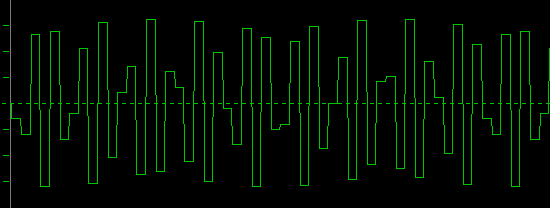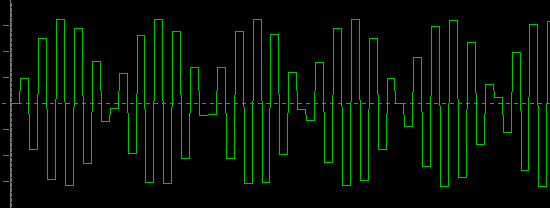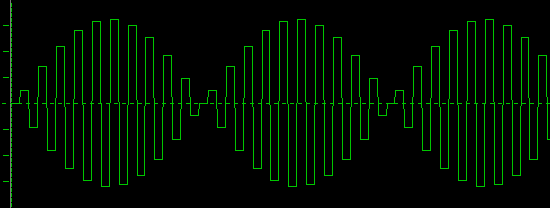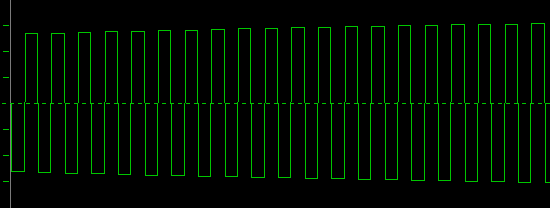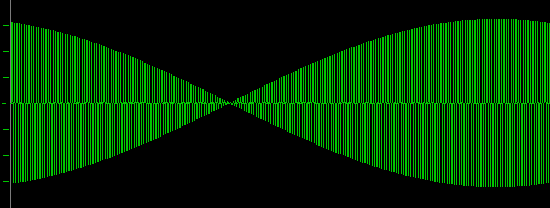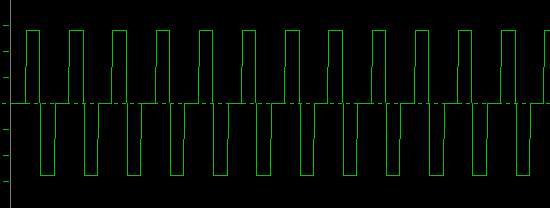olblueyez
Banned
- Joined
- Jun 16, 2008
- Posts
- 5,339
- Likes
- 16
Quote:
Another tool who knows everything about nothing.

| Originally Posted by Real Man of Genius /img/forum/go_quote.gif Being a serious oenophile myself I can tell you with absolute certainty that the quality of gasoline used in the vehicle to deliver the wine has a significant impact on the taste of the vintage. We do not need to prove this. We can taste the difference and that's all that matters. Paying exorbitant amounts of money for wine that was transported by vehicles using this specially made petrol is therefore completely reasonable. Any fool can see the logic here (and don't even get me started on the importance of the tires!) The fact that no one has ever once been able to remotely PROVE any difference is meaningless. I trust my taste buds. |
Another tool who knows everything about nothing.









.gif)




